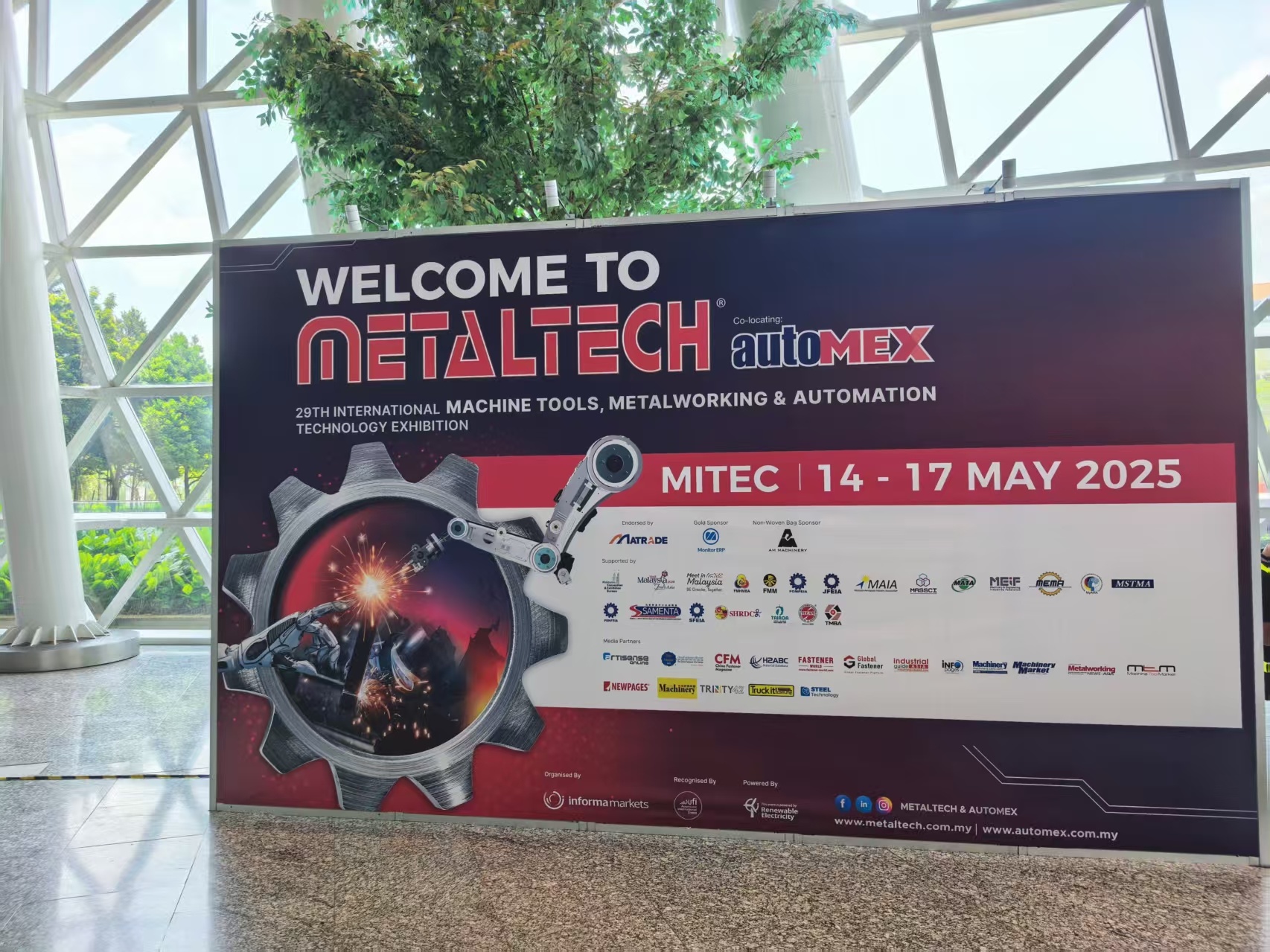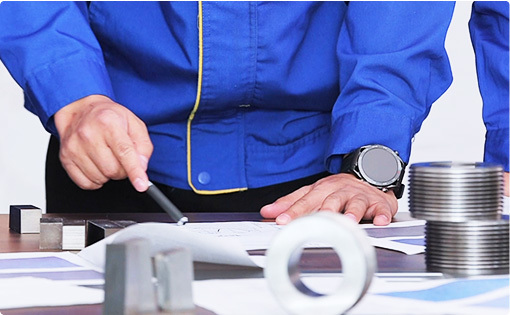Failure form of washboard
Release time:
2024-05-20
The most common forms of failure are fatigue damage, abrasion, knife collapse, tooth stacking, tooth peeling, etc.
The failure form of the washboard is mainly caused by cold working, hot working and improper use of the user.
Cold processing:
(1) The thread is misaligned, mainly because the helix is not straight and the washboard is axially displaced during manufacturing.
(2) The tooth profile is peeled off, and dislocation occurs during thread rolling, which causes tooth profile skin clamping and double tooth tips. The main reason is that the rolling time is too long and repeated for many times, or the tooth profile mechanism is unreasonable, such as too sharp tooth tip, tooth root or right angle and poor mechanical processing, or the grinding speed and feed rate are too large and the lubrication and cooling are not good, which causes defects such as grinding paste and microscopic cracks, during service, the tooth lines adsorb fine iron powder, resulting in mutual grinding of the tooth lines, etc., will affect the service life.
Heat treatment aspects:
(1) Oxidation and decarburization-final heat treatment after rolling the thread of the washboard, if heated in a non-protective atmosphere furnace, it is easy to cause oxidation and decarburization. Steel decarburization due to oxidation of steel material surface carbon reduction phenomenon. When the oxidation rate is smaller than the diffusion rate of carbon (C) to the metal outer layer, decarburization occurs. On the contrary, when the oxidation rate is larger than the diffusion rate of carbon to the metal outer layer, oxidation occurs and iron oxide scale is formed. The ferrite grain tissue formed by decarburization has two forms: columnar grain decarburization and granular grain decarburization, which leads to reduced hardness, reduced wear resistance and fatigue strength, and early failure such as pile tooth and whole tooth grain peeling during service. Due to the presence of O2, CO2, H2O and other gases in the furnace during heating, there is a chemical reaction with iron (Fe) in the steel:
2Fe O2 → 2FeO
Fe CO2→FeO CO
H2[O]H2 3Fe 4[O]→F3O4
2Fe 3[O] →Fe2O3
Fe 2O mH2O → Fe 2O · mH2O
Under the action of furnace gas, the carbon (C) in the steel will react with the furnace gas to decarburize the mold. Chemical reaction:
Fe(C) 1/2O→2Fe CO
Fe(C) 2H2O →Fe CH4 O2
2Fe(C) CO2→2Fe 2CO
Fe(C)H2O →Fe H2 CO
Coarse austenite grains-due to the quenching heating temperature is too high and the holding time is too long or the instrument temperature control and preparation heat treatment is not allowed, the original tissue has not been refined and other reasons, resulting in a significant growth of austenite grains to 5~6 (10.5~11.0 grade required). The austenite grain of steel is defined as grade 13, grade 1 is the coarsest and grade 13 is the finest. Grade 1~3 is coarse grain, grade 4~6 is medium coarse grain, grade 1~4 is overheated austenite grain, mechanical properties are poor, grade 7~9 is fine grain, grade 10~13 is ultrafine grain. The finer the grain, the better the strength and toughness of the steel, the better the comprehensive mechanical properties, quenching to obtain the required hidden crystal martensite. However, it is not advisable to reduce the quenching heating temperature and hardness to obtain strong toughness, which will lead to a decrease in tooth wear resistance. Distortion-Although the steel is rolled, the eutectic carbide in Cr12 steel is broken to a certain extent, but it is distributed along the rolling direction, resulting in obvious directionality of performance and distortion. Therefore, it is necessary to change forging to break the eutectic carbide to make it ≤ level 3, and to make the forged fiber structure unoriented distribution, which can effectively reduce distortion. Secondly, the tooth profile of the rolling plate is formed by rolling, and there is a large internal stress on the surface. In the rolling process, due to uneven stress and inconsistent metal flow in various parts, it is easy to cause the parallelism of the tooth profile surface and the bottom plane to distort. The process must be strict to control the distortion within the allowable range.
Cr12 type steel is a high carbon and high chromium ledeburite steel, the organization has (Fe-Cr)7C3 type eutectic carbide segregation is serious, generally 3~7 grade, after repeated double cross-shaped upsetting forging can reduce 2~3 grade, the mold requires eutectic carbide ≤ 3 grade, the best 1~2 grade.
Improper use by users:
When the two dies are misaligned, axial displacement occurs in the wire rolling, causing the tooth pattern to be subjected to two stresses of extrusion and shearing. The hardness of the twisted thread blank is too high and uneven, or the twisted thread blank is mixed without tempering after quenching; The twisted thread blank with oxide skin, grinding wheel particles and dirt and no lubricant will lead to tooth chipping and early wear failure. The research shows that GW30 alloy has higher hardness, wear resistance and small distortion than Cr12 steel, and can be used for cold and hot processing, heat treatment strengthening and forging deformation, filling the gap between cemented carbide and mold melting steel.
Previous Page
Previous Page
Latest News
Get a Free Consultancy
 Tengma Standard Parts and Tools Co., Ltd.
Tengma Standard Parts and Tools Co., Ltd.
Tengma tools specializing in the production of various specifications of the washboard, rolling wheel, and according to customer demand for a variety of standard customization.

202 Zhencheng Road, Jiangyin City, Jiangsu Province
Quick links
Copyright©2024 All Rights Reserved of Tengma Standard Parts and Tools Co., Ltd




 2025-06-07
2025-06-07




